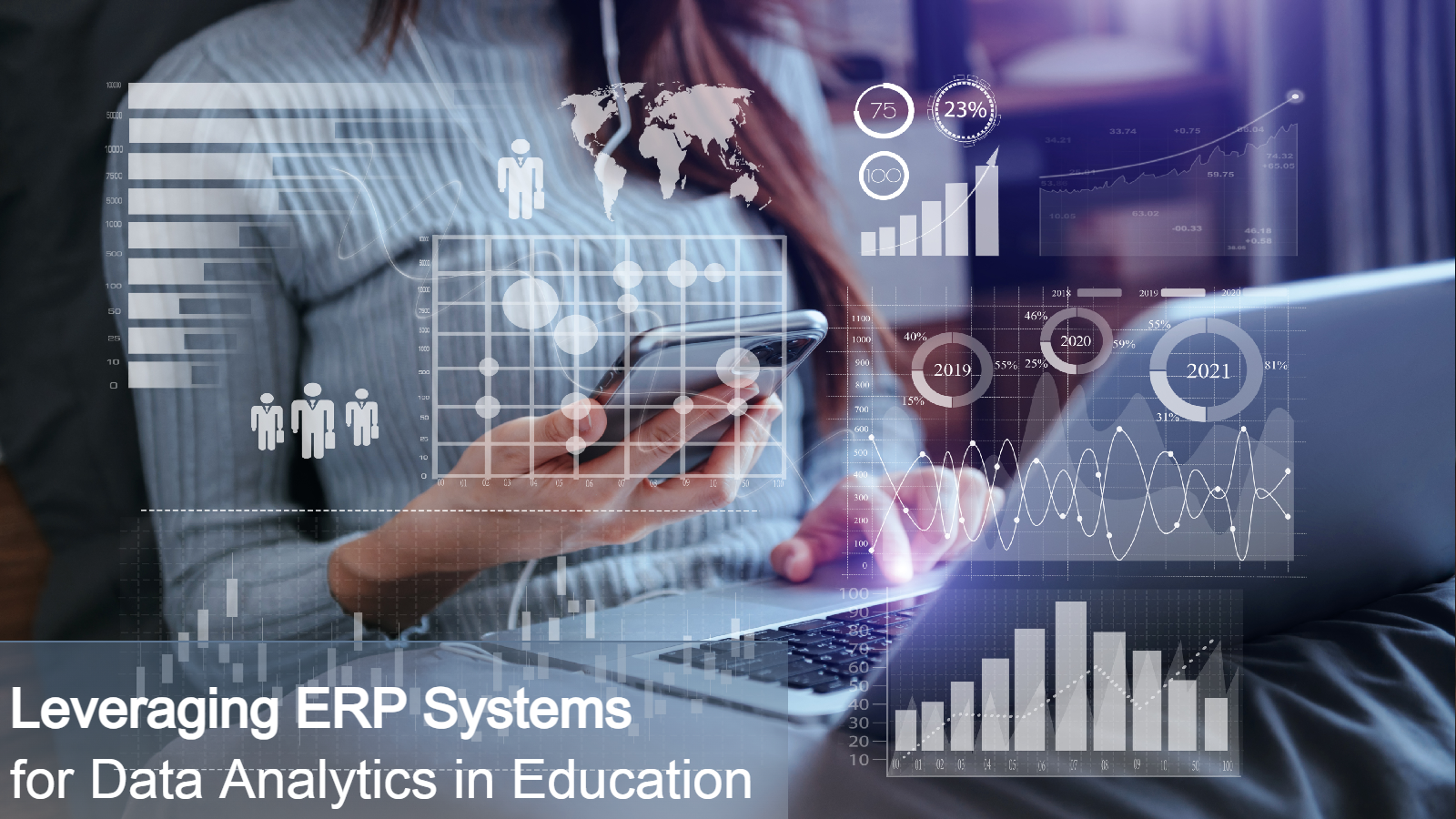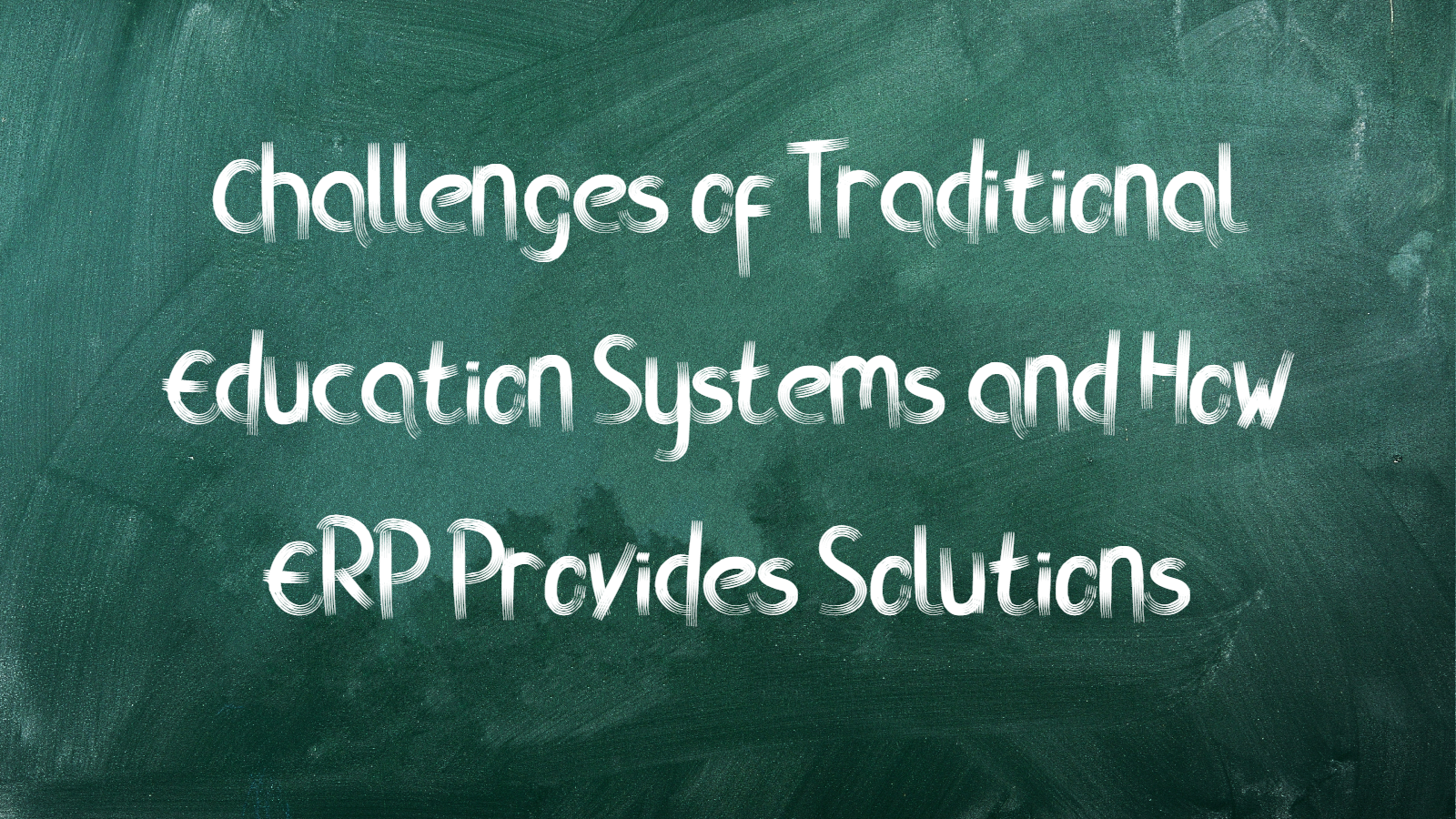Introduction
The educational landscape is continuously evolving, prompting institutions to adopt innovative tools to improve efficiency and engage students effectively. One such transformative solution is the implementation of Enterprise Resource Planning (ERP) systems integrated with advanced data analytics. These tools offer actionable insights, enabling institutions to refine strategies, streamline processes, and make data-driven decisions. This article delves into the role of ERP-driven analytics in revolutionizing education, emphasizing resource optimization, student performance tracking, and enrolment pattern analysis.
Maximizing Resource Utilization
Effective resource management is vital for the smooth operation of educational institutions. By integrating ERP solutions with analytics, administrators can ensure optimal use of resources such as classrooms, faculty, and lab equipment.
For example, by analyzing real-time data and historical trends, institutions can detect underutilized facilities and reallocate them where they are needed most. A classroom consistently underutilized during specific hours could be repurposed for activities like workshops or tutorials. Similarly, analytics tools within ERP platforms provide insights into equipment demand, ensuring resources are available during peak usage. This data-driven resource allocation helps institutions minimize waste, enhance operational efficiency, and improve the overall experience for students and staff.
Real-Time Student Performance Monitoring
Tracking student progress is essential for fostering academic success. Educational ERP systems with built-in analytics empower educators to monitor student performance in real-time, helping identify areas of concern early on.
For instance, analytics can highlight students who are falling behind in specific subjects or struggling to meet benchmarks. This early detection allows institutions to implement targeted interventions such as personalized learning plans or additional tutoring support. Additionally, performance metrics gathered through ERP software can be used to assess the effectiveness of teaching methods and curricula, ensuring ongoing improvements in academic delivery.
Analyzing Enrolment Trends
The enrolment process is a critical component of education management. ERP systems with analytics enable institutions to uncover enrolment trends, such as peak registration times and preferred course selections.
Insights might reveal that most students register during particular time slots, like late afternoons or the first week of a semester. Armed with this knowledge, administrators can optimize registration schedules, allocate resources effectively, and enhance support services during high-demand periods. Moreover, these systems provide the flexibility to design course schedules tailored to students balancing academics with personal or professional responsibilities.
Conclusion
Integrating data analytics into ERP systems is transforming how educational institutions operate. By delivering insights into resource management, student performance, and enrolment trends, these tools empower institutions to make informed decisions that drive efficiency and improve educational outcomes.
In a competitive global educational environment, adopting ERP-driven analytics is more than an enhancement—it is a strategic move toward sustained excellence. Educational institutions that embrace these solutions position themselves to meet the evolving needs of students and staff while optimizing their operational frameworks.
Written by

Muhammad Akhimullah Bin Kaswan
Business Analyst








